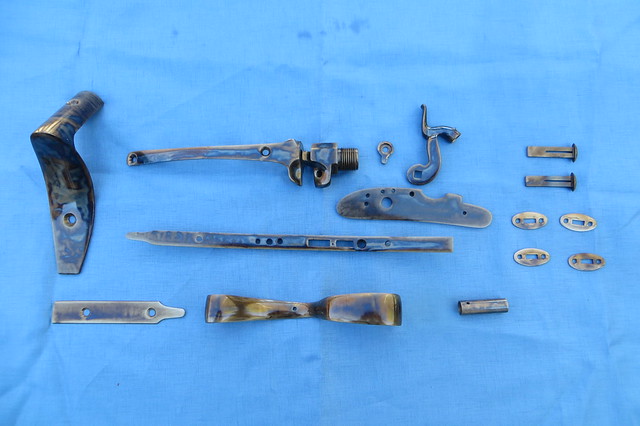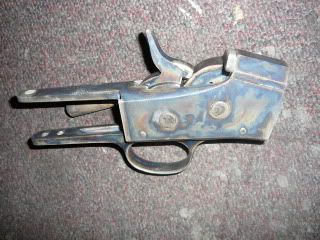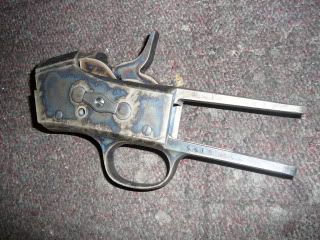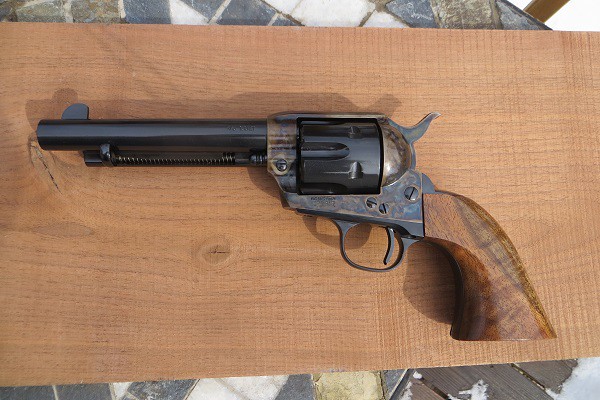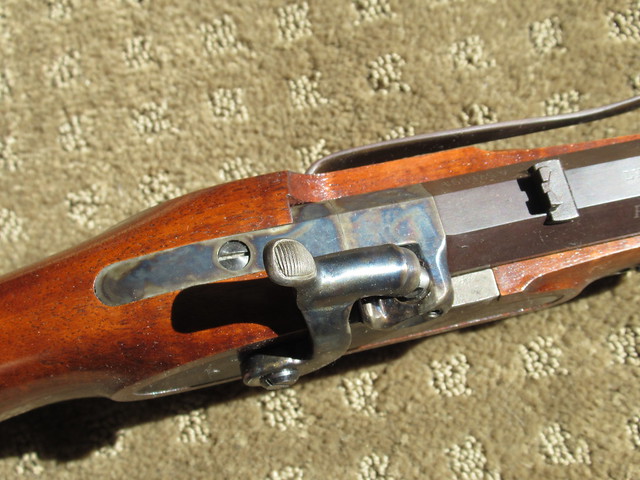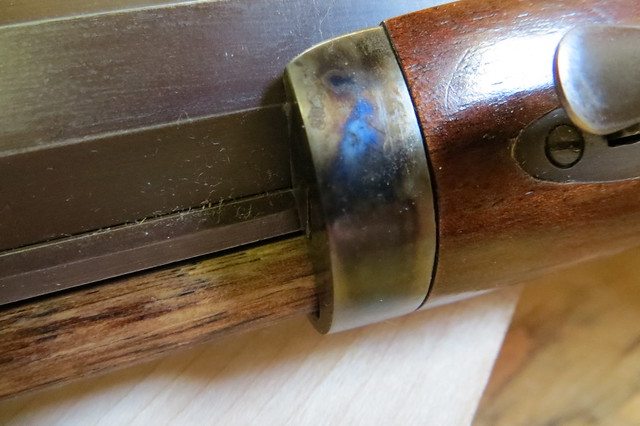- Joined
- Dec 25, 2011
- Messages
- 8,777
- Reaction score
- 3,761
I'd like to hear from some of you folks that do this as I am always interested in hearing of new means and methods to improve results.
I've been doing it for about 15 years now after reading all I could find on the subject from Oscar Gaddy who has gone over the great divide but was very knowledgeable of the process and published quite a bit of information on it.
Any aspect of the subject would be welcome from charcoal,crucibles,temperatures , blocking, quench, time in oven and etc.
I've been doing it for about 15 years now after reading all I could find on the subject from Oscar Gaddy who has gone over the great divide but was very knowledgeable of the process and published quite a bit of information on it.
Any aspect of the subject would be welcome from charcoal,crucibles,temperatures , blocking, quench, time in oven and etc.





